How to Read Music: Beginner’s Guide to Reading Music
You’ve probably heard many stories of famous self-taught musicians who are true wizards on their instruments but cannot read music. In theory, this is absolutely possible (after all, music is always about the sound). But I think I’ve never actually met any of these legends. Quite the opposite: the musicians who most impressed me musically were all also masters of music theory, which includes reading and writing music.
Romantic tales of self-taught virtuosos aside – if you truly want to master your instrument, you have to know the language of music. Like the alphabet, which we’ve all learned in elementary school, it consists of a number of different symbols. If you know what they mean, you can use them to define and communicate the different sounds of a musical instrument. Besides that, they also determine the pitches, lengths, and rhythms of sounds and much more. So if you want to master the language of music, you have to know the meaning of notes. And you’ve come to the right place: This tutorial is all about learning to read music.
Reading and writing music
Take Jacob Collier, for example, who is still quite young. He is one of the best musicians I have ever heard. He moves effortlessly through incredibly complex chord progressions and the entire spectrum of music theory – and he can also explain it in an understandable way. This is simply impossible if you cannot read and write music, or have a hard time with it.
You are currently viewing a placeholder content from YouTube. To access the actual content, click the button below. Please note that doing so will share data with third-party providers.
Reading and writing music are inextricably linked
Writing always involves reading. The two things are inseparable. Or can you imagine a good writer who can’t read? Sounds kind of strange, doesn’t it? It’s the same in music.
Music is a language and the notes are the alphabet – the foundation of all musical communication. Have you ever tried to find a train station in a foreign country in a foreign language with the help of passers-by? If they just stared at you with puzzled looks on their faces, you know how difficult it is to speak a language that you can’t read.
You are currently viewing a placeholder content from YouTube. To access the actual content, click the button below. Please note that doing so will share data with third-party providers.
All new things seem difficult at first
I’ve met many new students who initially had a really hard time reading music. Sure, it’s something new that you have to learn, but it’s not that difficult. After all, there are only twelve different notes involved. But like everything in life, the things that seem the hardest are the things you don’t understand or haven’t practiced enough. That’s where I can help you. I’ll explain to you exactly what you need to do to read music. With a little practice, you can do it, too. Let’s get started.
How to read Music: The Clefs and their Meaning
Have you ever wondered what clefs are for? Do they simply embellish the notation or do they show you what is played with the right and left hands on the piano? I often hear this while teaching, and both are true, of course. However, clefs do much more than that.
Each clef has its root or reference on a particular note on the staff. That’s why its name is the same as the note it indicates. By indicating the position of a specific note, the clef defines the entire staff system, e.g. the locations of all pitches on the staff. Therefore, even if you write only one note, you must always write a clef at the beginning of the line. Without a clef, the lines of the staff have no meaning. It is therefore very important to know all clefs used on your instrument. Let’s take a closer look at the two most widely used clefs, which happen to be used for the piano and many other instruments.
The treble clef
The treble clef is certainly the best-known clef and it is used to notate higher-pitched instruments like violin, flute, or the upper register of a piano. It is also called “G clef” because it indicates the position of the pitch G on the staff. If you look closely at the treble clef, you’ll notice that it encircles the second line from the bottom. This marks the point where “G” is located.
The bass clef
The bass clef looks completely different. In contrast to the treble clef, it is used to notate low and very low notes: instruments like bass, cello, or the lower register of a piano. It also indicates a certain pitch, in this case “F”. The colon to the right of the bass clef marks the second line from the top, which is where “F” is located. That is why the bass clef is also called “F clef”.

The bass clef also shows the position of a specific note, in this case, “F” · Source: Tobias Homburger
While there are several other clefs, these two are by far the most important ones for the piano and most other instruments. The piano is unique in that pianists have to deal with two clefs at once. Because of the huge range of the instrument, the two hands get different clefs. By reducing the number of required ledger lines, this actually makes reading music easier.
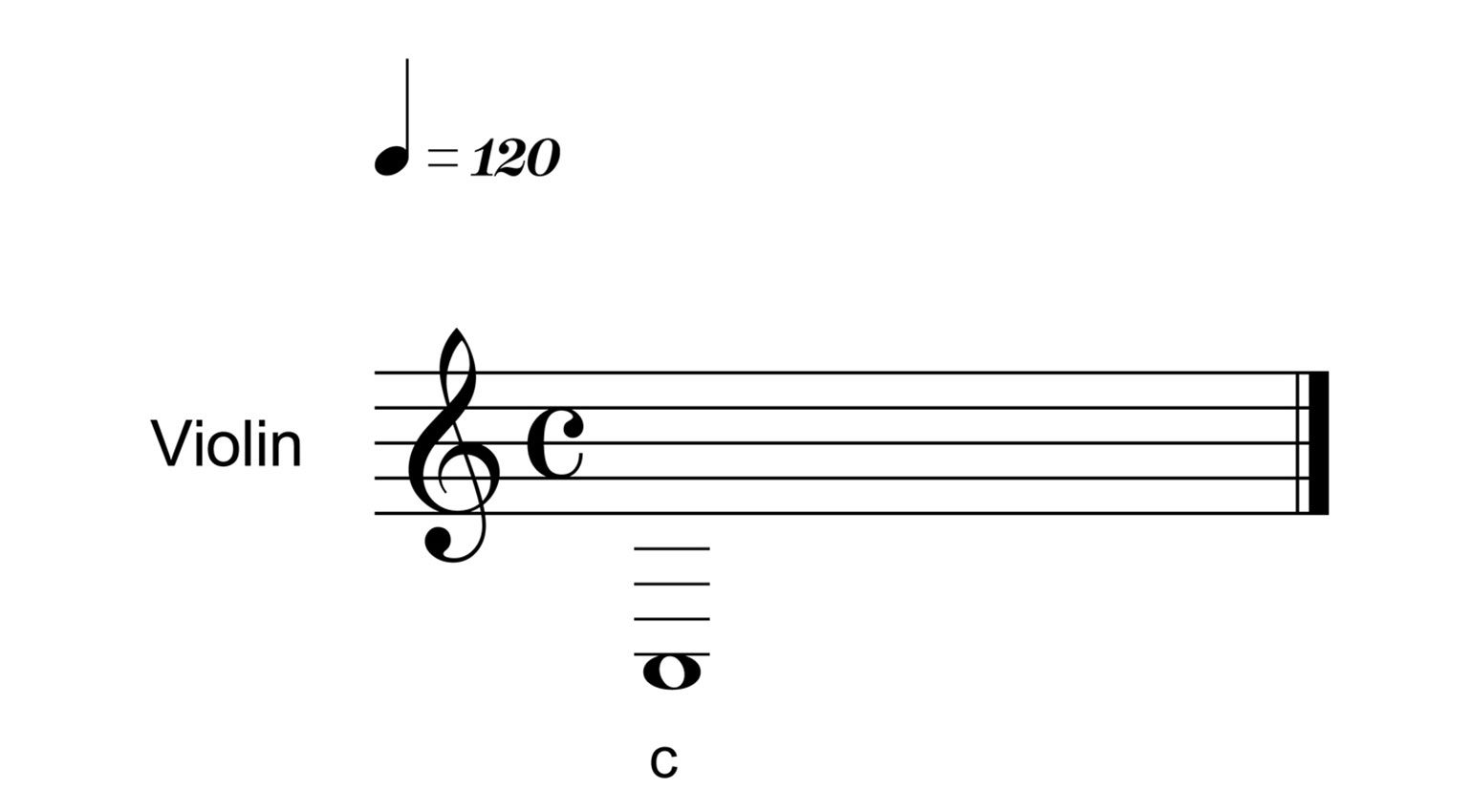
In order to avoid a large number of ledger lines, low notes are notated in a low clef, whereas high notes are written in a high clef · Source: Tobias Homburger
Ledger lines help with finding notes
Many instruments have ranges that extend well beyond the five lines of the staff. Notes above or below the staff are written on so-called ledger lines – short lines spaced apart at the same distance as the staff lines. They make it possible to accurately determine the pitch of a note even if it is outside of the five main staff lines. The procedure for reading the notes remains exactly the same. And now you’ll learn how this works.
How to read music: Note names and their order
First, let’s review the notes themselves, their names and their order. We start at C. Just like the alphabet, next comes D, and then E, F, and G. Then it wraps around to A and finally B. After that, we’re back at C again and everything starts from the beginning. These are also the notes of the C major scale.
You can think of the staff lines as a kind of ladder. However, in music you can also stand between the steps. A note can therefore be on a line (the line passes through it), or it can be in the space between two lines. Thus, going from one line to the next requires two note steps. As already mentioned, the staff is extended by ledger lines as required to indicate especially high and low notes.
How to read music with confidence
The procedure for reading notes is quite simple. First, look at the clef at the beginning of the line and name it. Next, simply count the steps from the note indicated by the clef to the note in question in steps. Let’s go through an example.
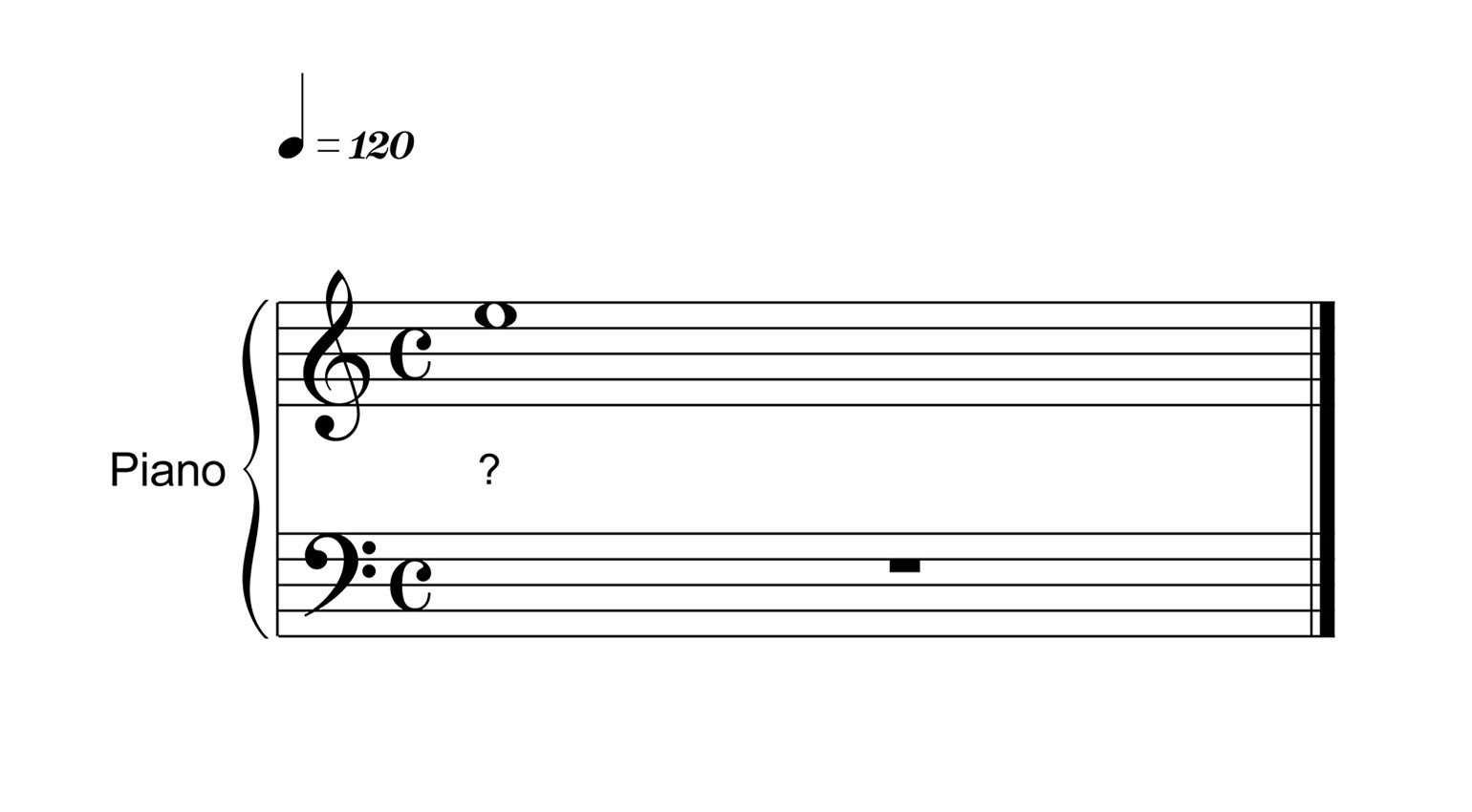
What is this note called? To find out, use the procedure described below. · Source: Tobias Homburger
Here we have a treble clef, also called G clef. The circle it forms around the second line from the bottom shows you where G is. Counting lines and spaces, the written note is five steps higher. Starting at G, we arrive at A, then B, C and D, until we eventually end up at the fifth step: E. Now you know that the written note is E. Take a close look at the position of the note and memorize it. Over time, you will develop a sense of where each note is located in the staff system and you’ll be able to read notes very quickly.
A tip for quick results
When practicing reading music, take your time to figure out what the notes are called. In my lessons, I often hear incorrect note names even though my students know how to read notes. However, they want to save themselves the work by making a guess instead of determining the correct note by counting it off on the staff. The problem with this is that you won’t have any learning effect by doing this. In addition, learning to read music takes much longer this way because you are constantly confusing yourself with incorrect note names. So, don’t guess, read the note correctly. Then you’ll learn the fastest.
How to find notes quickly
Finally, here are two quick tips or mnemonics that make reading music even easier. On the piano, the second space from the top in the right hand and the second space from the bottom in the left hand both contain a C.
If you place a note on top of the staff for the right hand, this note is called G, just like the clef for the right hand. Likewise, the note on the bottom of the left hand staff is F, just like the left hand clef.
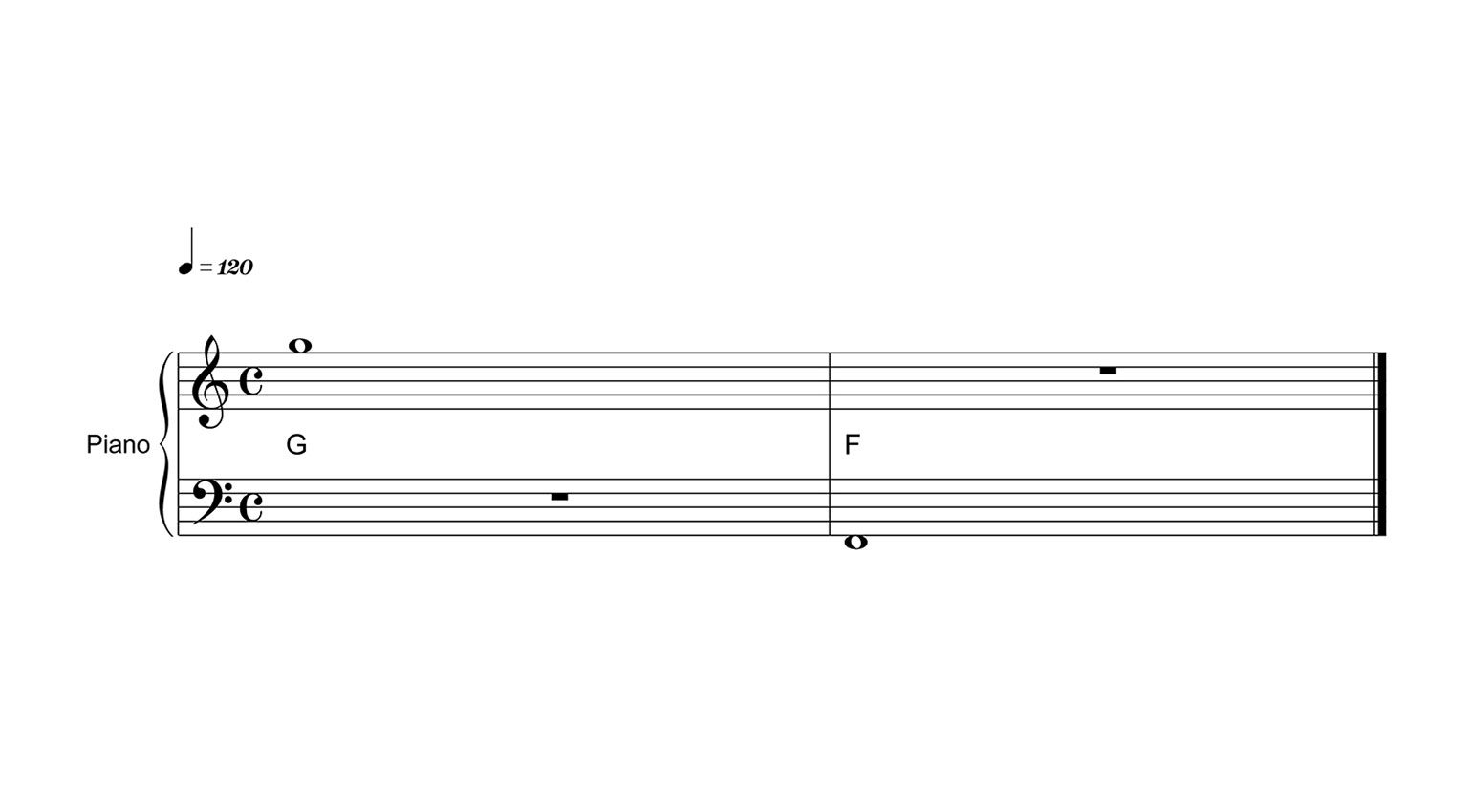
For very high or very low notes, you’ll be much quicker if you don’t have to start at the note indicated by the clef every time. · Source: Tobias Homburger
If there is an accidental – a sharp (♯) or flat (♭) sign – in front of the note to be read or at the beginning of the line, it’s best to proceed exactly as described above. First find out the name of the note without the accidental. Then apply the accidental to the note you are reading. The sharp symbol raises the pitch of the note by one half step. Conversely, the flat symbol lowers the pitch by one half step.
How to read music: Note values and their meaning
So far we’ve only dealt with the pitches, i.e. where the note is located vertically on the staff and what it’s called. But each note contains another piece of information: its duration. This is the so-called note value and you can recognize it by the appearance of the note. The larger the note value, the longer the note is played. As the note values go back to basic mathematics, they should already sound familiar to you. The longest note value is called a whole note. From there, the subsequent note values are obtained by halving the previous ones. The half note is exactly half the length of a whole note. Then comes the quarter, the eighth, the sixteenth, the thirty-second, and finally the sixty-fourth note, although the shortest values are quite rare in practice.
Learn to write notes
Here’s a tip for memorizing the appearance of the various note values: The next smaller note looks exactly like the original note value, but it is supplemented by another element. The whole note, for example, is not filled in and has no stem. To write a half note, you first write a whole note, but then add a stem. For a quarter, write a half note and fill it in. To write an eighth note, write a quarter note and then add the little flag, and so on. With a little practice, you’ll quickly know all the note values by heart. Take a close look at these relationships in the following image.

Each time you go from one note value to the next shorter value, another element is added · Source: Tobias Homburger
Note values = fractions in music
Since the value of the next smaller note is obtained by halving the original value, you need twice as many notes to get the same total duration. For example, in a 4/4 time signature, you only need one whole note to fill a measure. However, if you write half notes, you need two of them to get the same duration. With quarter notes, you need four, and so on.
When several shorter note values with flags are written in succession, the flags are replaced by one or more beams (corresponding to the number of flags) that connect the stems. Since music used to be written by hand, this saved a lot of time. The beams also help to quickly identify rhythmic groupings in the music.
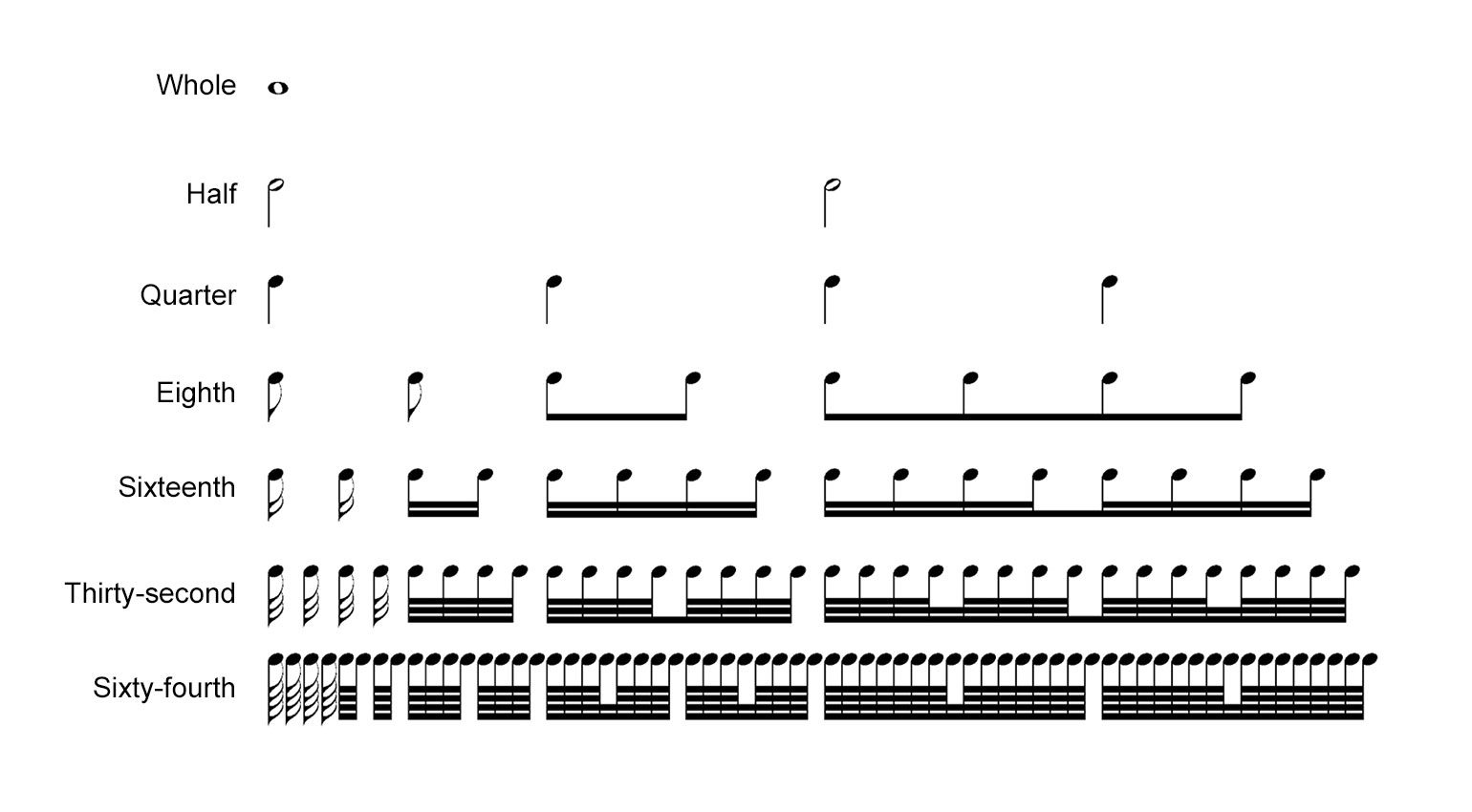
The shorter the note value, the more notes are needed to fill the duration of a whole note. · Source: www.lehrklänge.de
The following overview shows the note values and the corresponding number of beats.
How to read Music: Rests
In most pieces, you don’t play all the time. In fact, some say that the pauses (rests) are just as important as the notes themselves. Mozart famously said, “The music is not in the notes, but in the silence between.” In music notation, rest symbols indicate sections where you’re not supposed to play. For every note value, there is a corresponding rest: a whole rest, half rest, quarter rest, and so on.
Visually, rests are somewhat more complex than notes. Let’s take the quarter rest, for example. It looks like a small lightning bolt. Thus, its appearance has nothing in common with any other symbol in music notation. And the whole and half rests are also special. They look virtually identical, except for one small detail: The whole rest is suspended from the second line from the top, the half rest sits on top of the middle line.
Eighth rests and smaller values have hooks that work in the same way as the flags of the corresponding note values. This overview shows all rests and the corresponding number of beats.
How to find out the length of a rest
If you don’t know all the rest signs by heart yet, don’t worry: you can always work out the length of a note or rest. Here’s an example.
The 4/4 time signature indicates that there are four quarter note pulses in each measure. The half note at the beginning has two pulses, and the last note is a quarter, which has one pulse. Together, all notes correspond to three pulses in total. In order to fill the 4/4 measure, one pulse is missing. This tells you that the rest has one pulse, so it’s a quarter rest.
How to read Music: Articulation Signs
In addition to notes and rests, the alphabet of music includes various signs that provide additional information about the music and how to play it, e.g. the tempo, expression and dynamics (volume).
Without dynamics, music isn’t very exciting. This is why most sheet music includes signs that tell you how loud to play. In addition, there are articulation (expression) symbols that contain information about how to play something or how to shape the music. Which articulation symbols are applicable depends heavily on the instrument and we cannot cover all of them in this article (there are many!). But here’s an overview of some of the most important ones.
Staccato, legato and portato
- Staccato is an instruction that tells you the note should be very short and clearly separated from the next note. It is indicated by a dot above or below the note in question (on the opposite side of the stem). Important: the next note isn’t played any earlier than written because of this. Even if a staccato quarter note is played short as in the example below, the next note isn’t played until the next beat of the measure, and so on.
- Legato is the opposite of staccato. If a series of notes is to be played legato, this is indicated by a slur. If legato applies to a single note, a stroke is notated, again on the opposite side of the stem. In this case, the note is played exactly as long as written.
- Portato is a mixture of both playing techniques. In this case, the notes shouldn’t be as short as staccato, but they shouldn’t be tied together either. For this instruction, write a slur over notes with staccato dots, as in the third measure of the following example.
Performance directions
The performance directions (usually at the beginning of the piece, sometimes also at the beginning of a new section) establish the basic tempo and mood of the piece. That is why they are always placed above the first measure. Traditional performance directions in classical music are given in Italian, ranging from Largo (broad, slow) and Grave (heavy) to Andante (walking, striding) and Moderato (moderate) to Allegro (fast, lively, cheerful) and Presto (very fast, brisk). All of these imply both a certain tempo range (although the tempo isn’t stated precisely) and a general feel. In jazz and popular music, the vocabulary is more loosely defined; you’ll encounter a wide variety of plain-text instructions (usually in English) that tell you how the composer wants you to play the piece.
Tempo changes in music
Like volume changes, tempo changes are an important part of musical expression. By slowing down or speeding up, you can emphasize musical phrases and transitions and add expressiveness to your performance. Consequently, there is a fixed set of terms that indicate tempo changes in sheet music. And once again, they’re all in Italian. For example, Accelerando (acc.) stands for speeding up, ritenutofor holding back, and ritardando (rit.) for slowing down. A tempo means that after slowing down, the original tempo should be resumed.
How to read Music: Conclusion
Although we were only able to cover the basics in this article, you now have a brief overview of how to read music. As always – if you want to improve your skills, only one thing will help: practice, practice, practice. For some useful practicing tips, read our guide on How to practice like a Pro in 8 Steps. For more useful tips on music theory and reading music, check out these books:

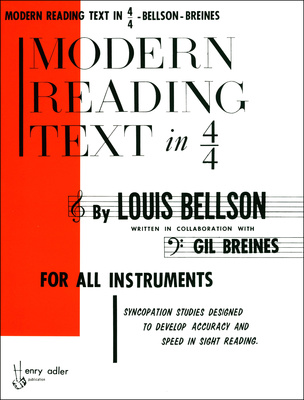

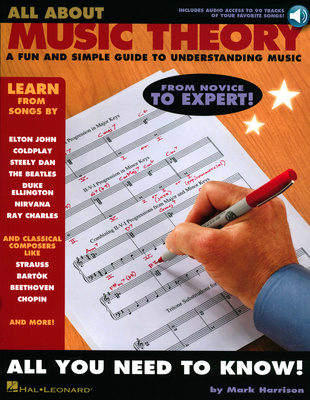

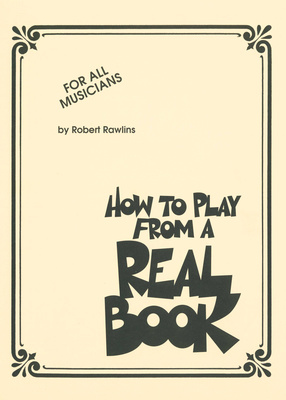

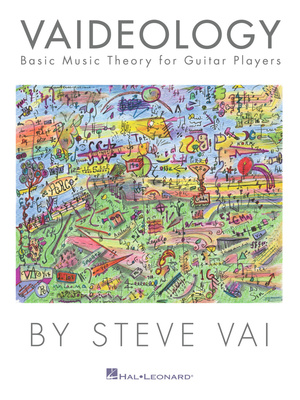
More about Music Theory
Note: This article was originally published in German on bonedo.de. It has been adapted for gearnews.com.
* This post contains affiliate links and/or widgets. When you buy a product via our affiliate partner, we receive a small commission that helps support what we do. Don’t worry, you pay the same price. Thanks for your support!
One response to “How to Read Music: Beginner’s Guide to Reading Music”
 4,3 / 5,0 |
4,3 / 5,0 | 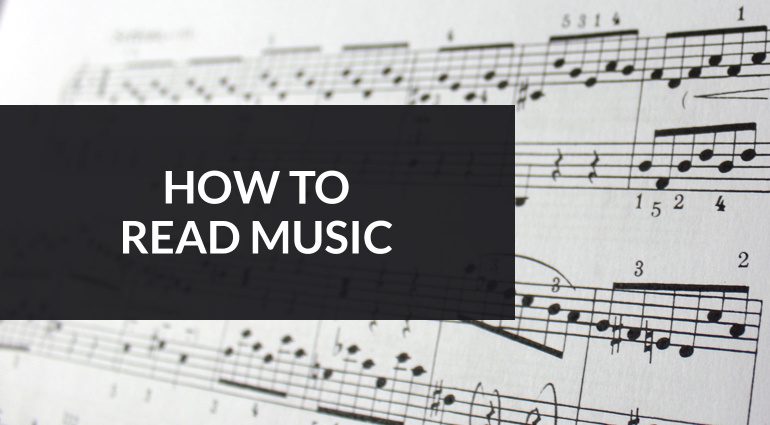

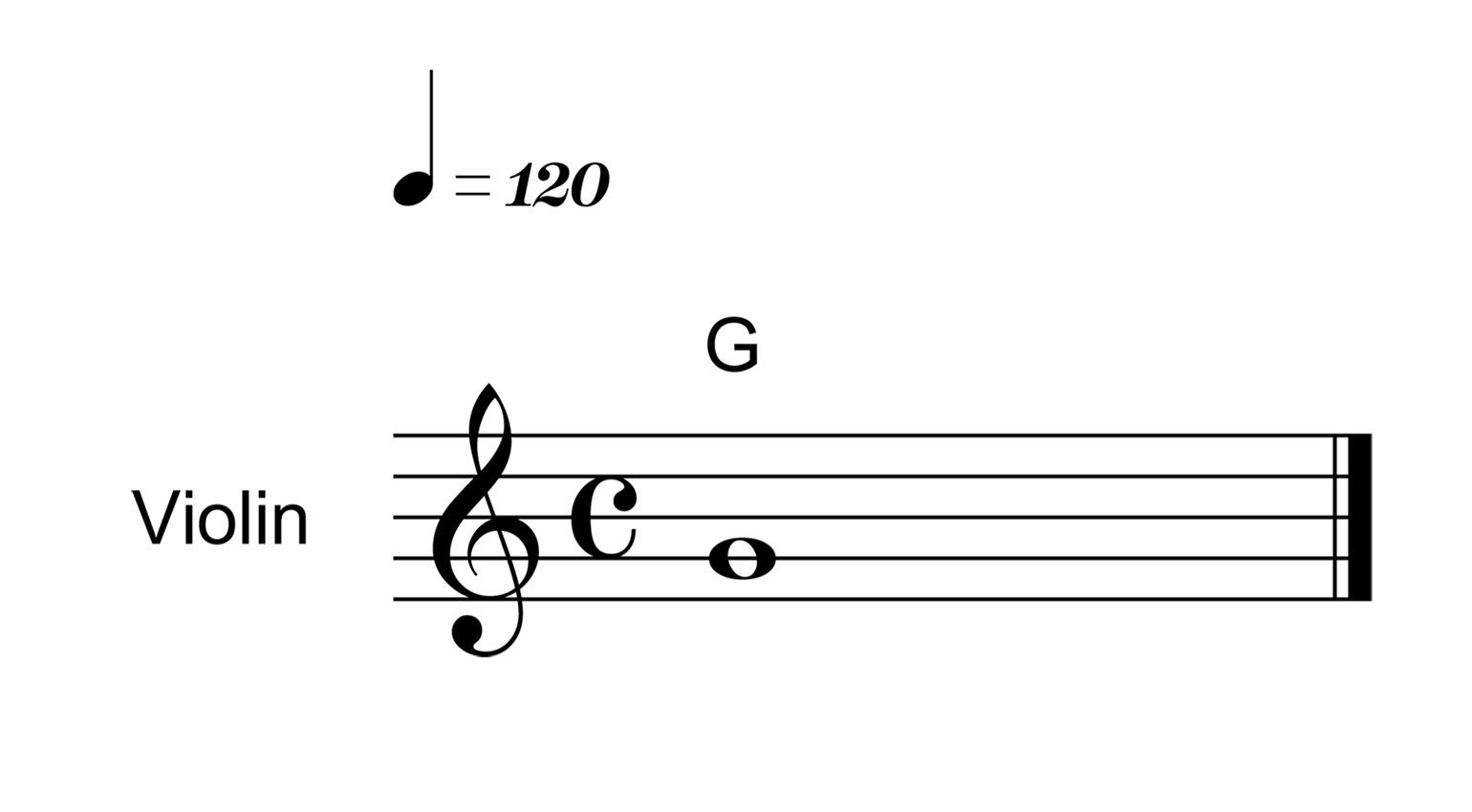



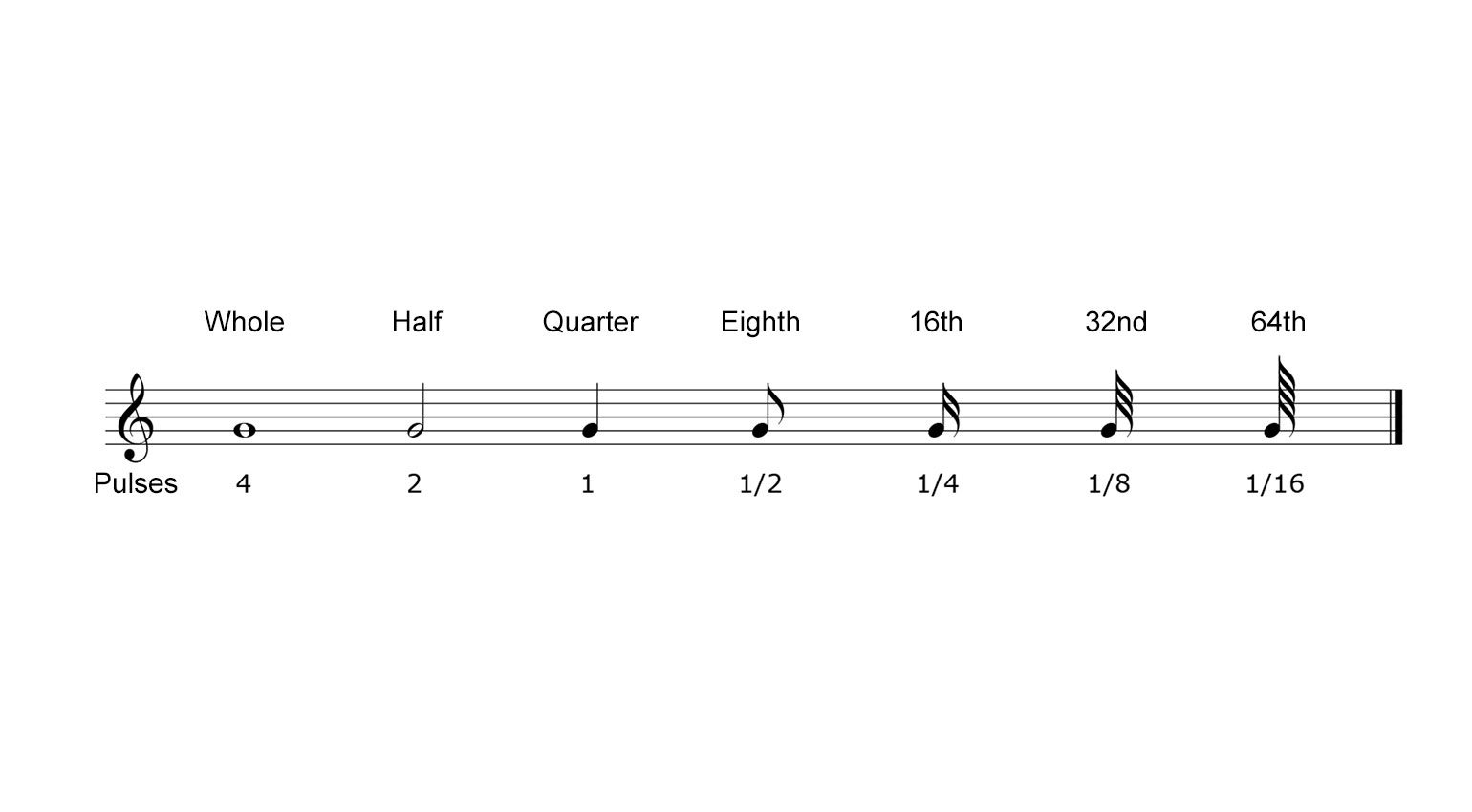

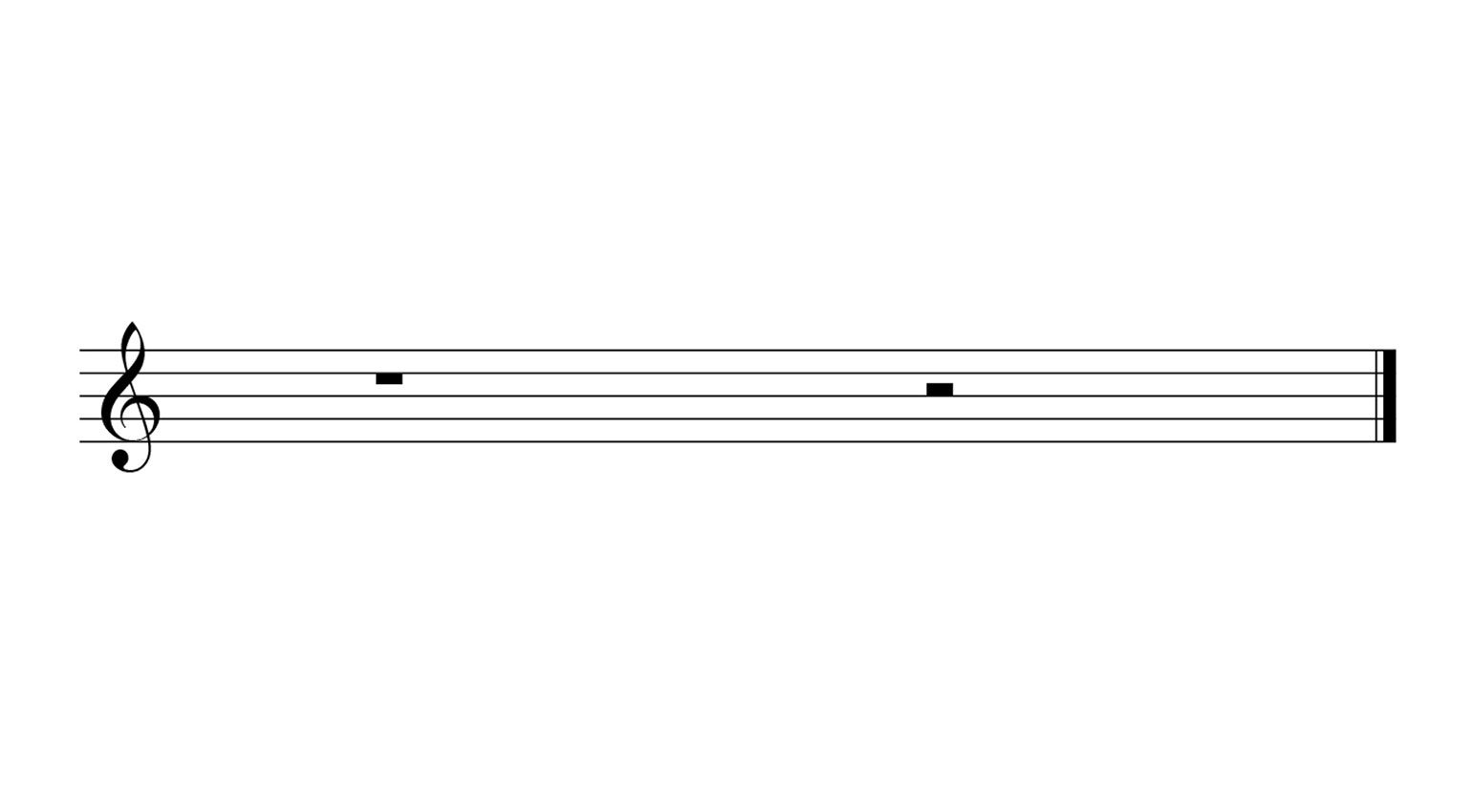

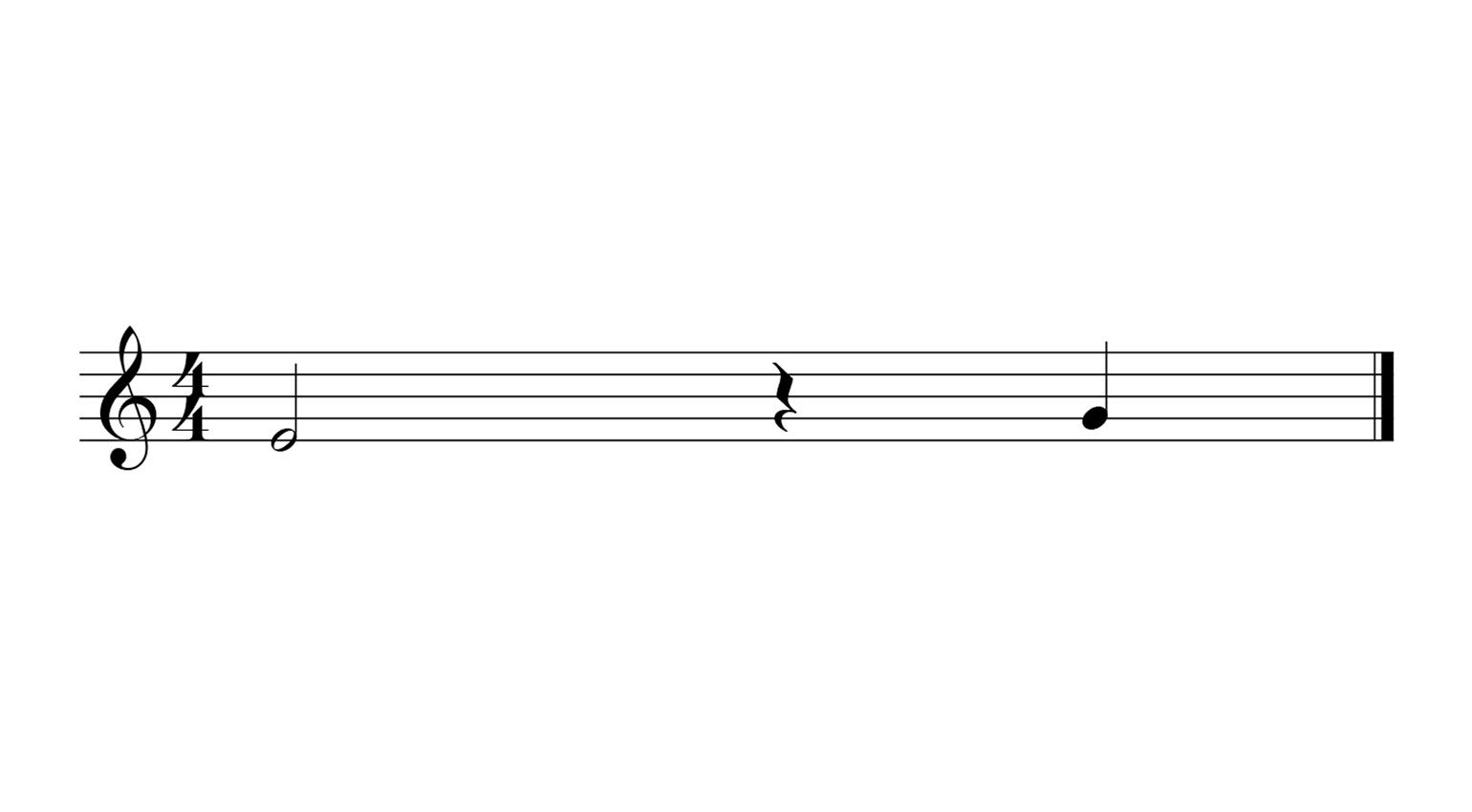
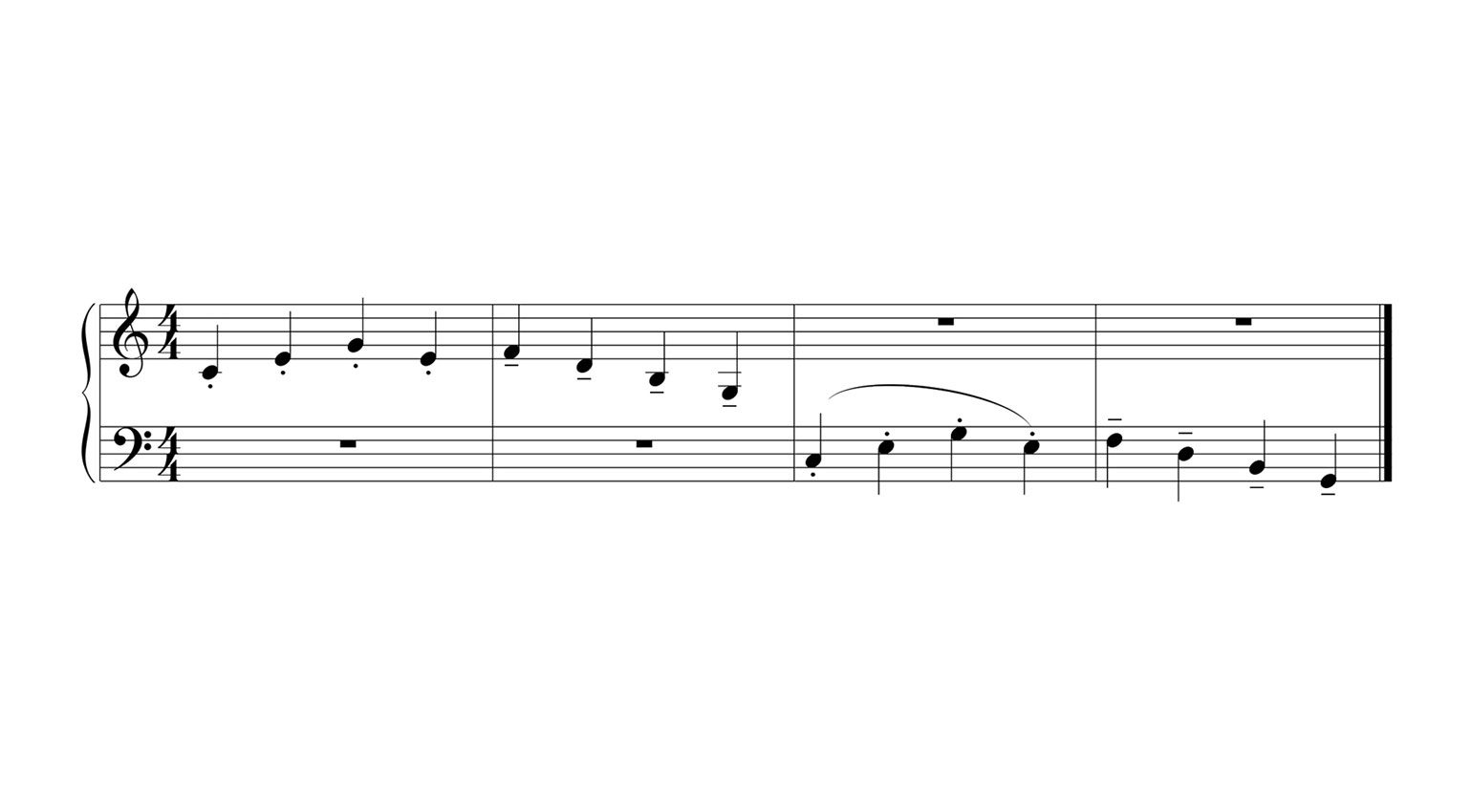
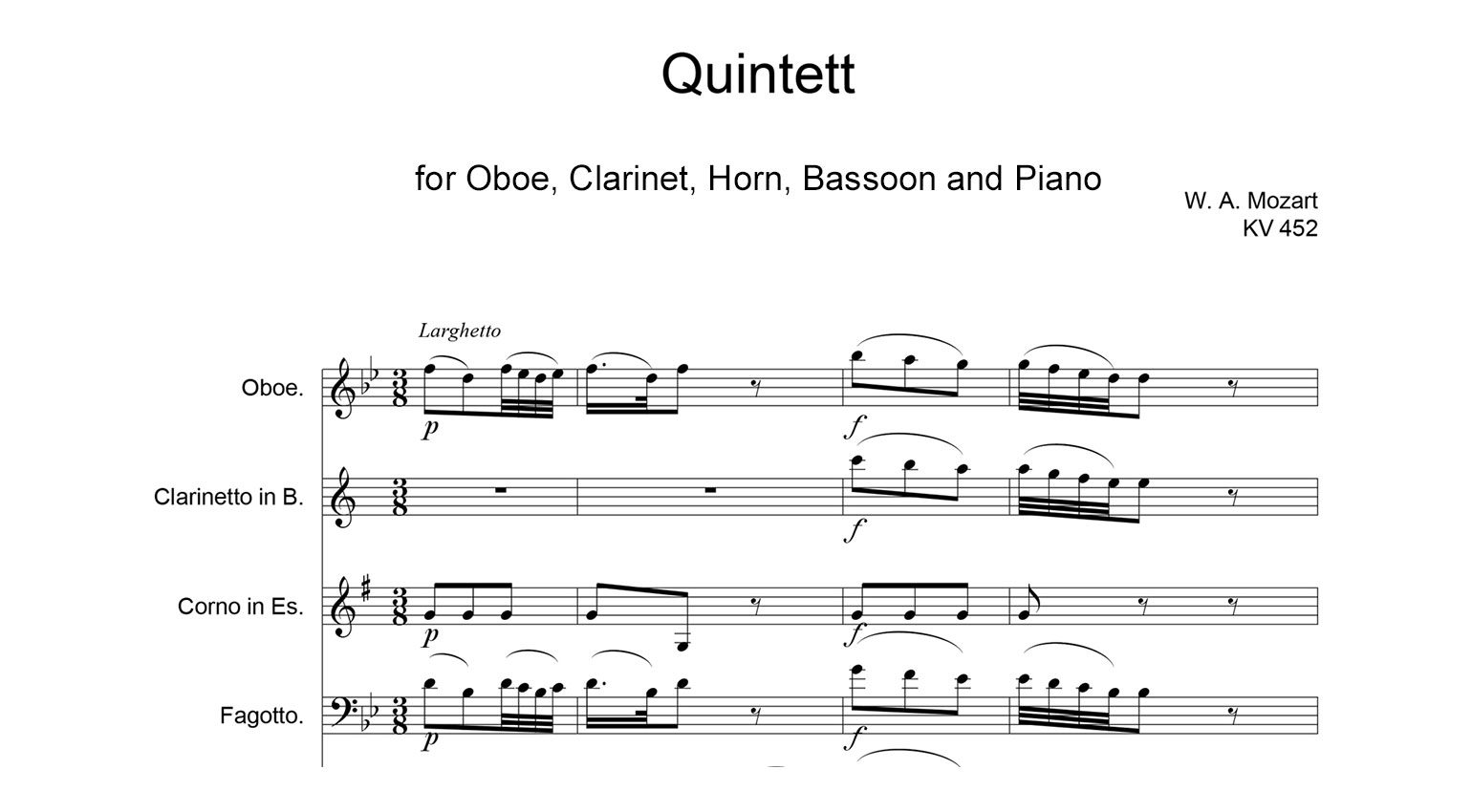
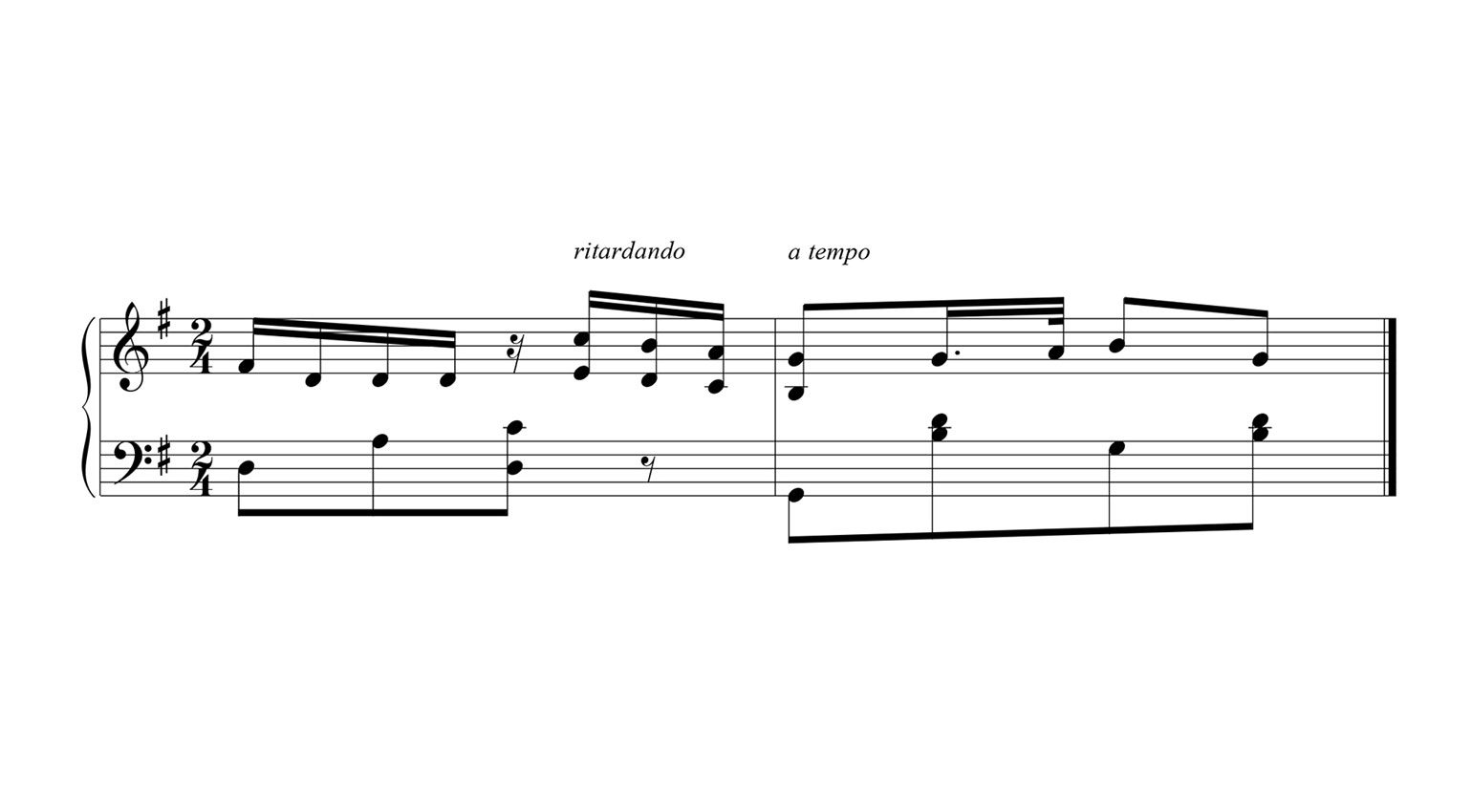




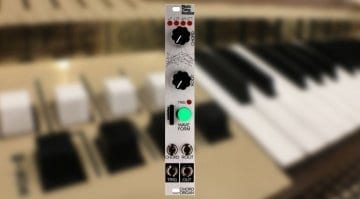

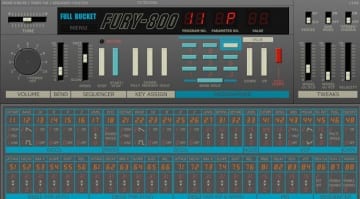
great article but you are so wrong at the beginning and with the analogy.
yousimply do not need to read to make wonderful music and its not needed to create emotive moving compositions. u heardof mccartney?